As Shivaratri, the festival of Lord Shiva, drew near, I was faced with an old dilemma: the annual routine of going on an obligatory climb. But on this occasion, I was plagued with uncertainty about which path to choose. Just a few days prior to the hike, the name “Bethanchok” appeared in my mind as if it were an indication beckoning me. And so started an impromptu journey full of surprises and the exhilaration of the unknown.
Preparation and Departure to Bethanchok
I spent the days before the hike researching Bethanchowk, its surroundings, and potential hiking routes. But I had a difficult time because my mapping app’s path markings were, at best, sparse. Even though I happened onto video guides, I chose to follow my gut and ask for help from locals wherever I could.
With little planning and an adventurous spirit, I started my journey to Bethanchok. I went on the hike with a friend who had the same excitement. It was evident he would have to accompany me on the ride since I was borrowing his motorcycle. Just kidding. We do many hikes together.
The Morning Chill and that Radiance
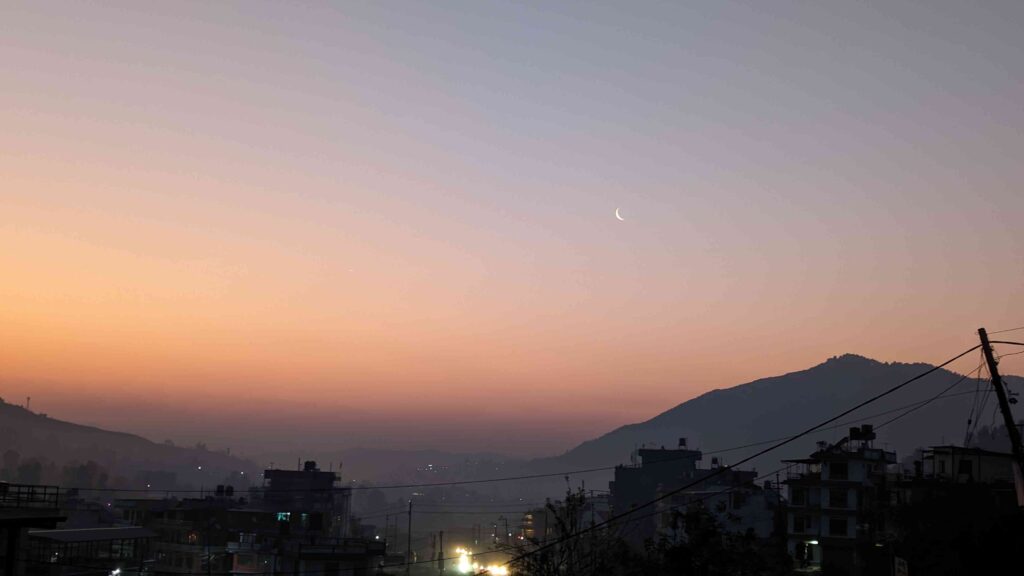
I was up very early and hence decided to prepare some sustenance in the form of eggs and cheese sandwiches. The morning of our journey greeted with a crisp chill in the air, hence I had to layer up. Setting off from Boudha at the crack of dawn, we embarked on our motorbike towards Panauti via the Bhaktapur-Dhulikhel road. Despite the layers and gloves, the cold penetrated. Yet, the thrill of the journey kept us warm as we rode through the early morning silence.
As we approached Sanga, renowned for its towering statue of Lord Shiva, nature unveiled a spectacle that took our breath away. The eastern horizon painted itself in hues of gold as the sun peeked over the hills, casting a radiant glow that stretched all the way to Dhulikhel. Mesmerized by this celestial canvas, we couldn’t resist but halt our journey momentarily, capturing the sunrise’s magnificence through photographs and videos.
Panauti, Khopasi and Bethanchok Rural Municipality
After soaking in the ethereal sunrise at Sanga, our journey continued as we rode towards Panauti. The road to Panauti branched off from Banepa, and within a short span of about 10 minutes, we found ourselves in the quaint town. Seeking guidance, I approached a local for directions to Bethanchok. With helpful instructions in hand, we headed further towards Khopasi, where the road diverged towards the enchanting realms of Balthali and Bethanchowk Rural Municipality.
After navigating via unpaved and muddy roads for a while, we eventually reached Khopasi, where we were directed to Bethanchok by another amiable local. We had several kilometers of unpaved road ahead of us until we reached a gate that indicated our entry into Bethanchok Municipality. After then, the road turned a smooth blacktop that continued till Dhungkharka.
Starting Point of Bethanchok: Dhungkharka Village
Dhungkharka marked the starting point of our true adventure towards Bethanchowk Narayanthan. Here, travelers are presented with options — continue on wheels to Narayanthan or embark on a challenging yet rewarding hike.
We of course came for a hike and hike we chose. We locked up our bikes in Dhungkharka, laced our boots, refilled our water bottles, and started walking. From Dhungkharka, two different hiking tracks branch out. One was a well designated path with steps that went uphill, and the other was a trail that the villagers frequently used to make daily forays into the jungle that occasionally intersected with the motorable road.
We picked the trail that intersected the road, and we welcomed the steady beat of our feet as the hike officially began. We got to see a little bit of both the road and the untamed forest where the trail met it.
The Ascend to Bethanchok Narayanthan Temple: A Sturdy Hike with Majestic Views
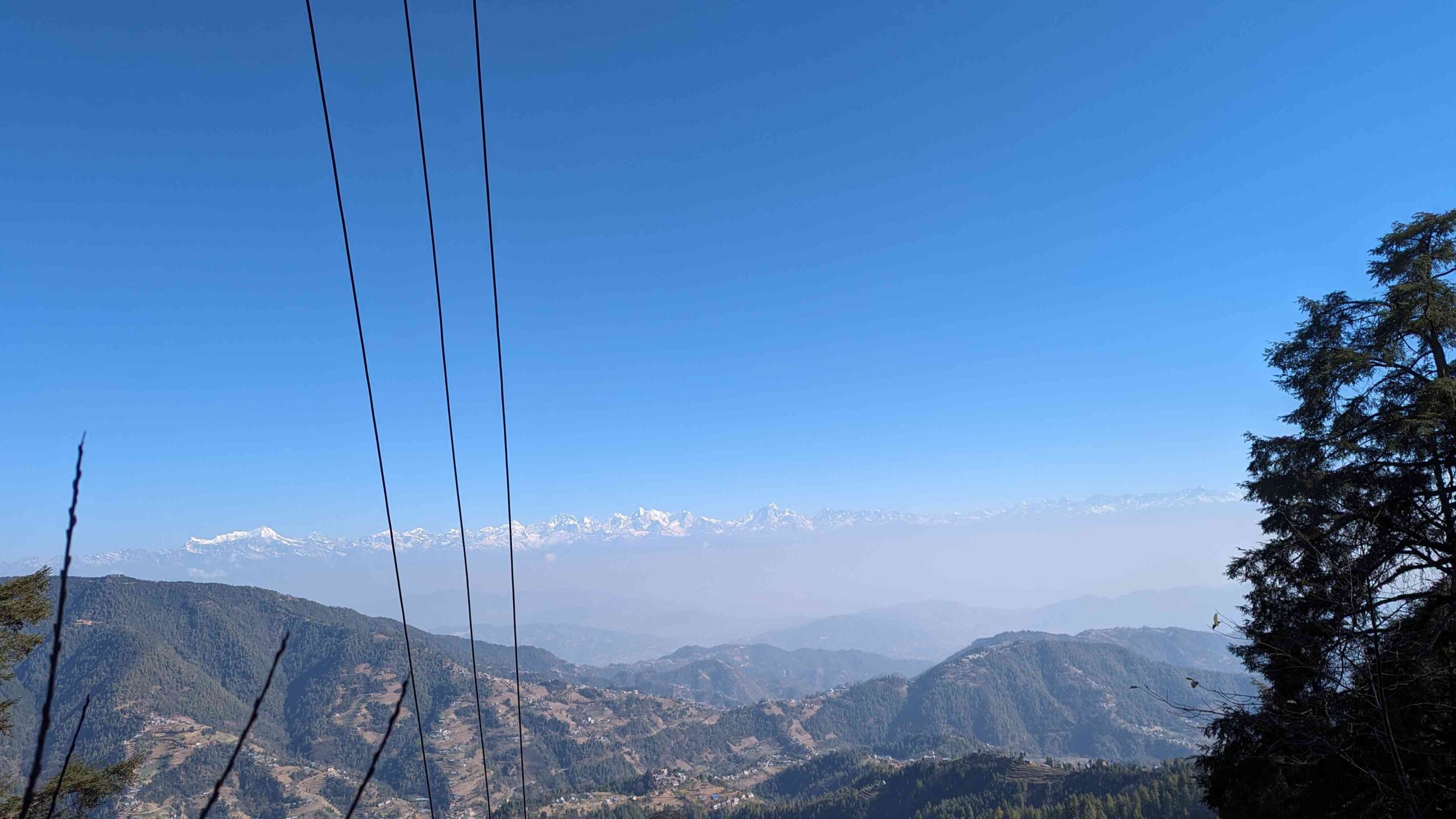
Little did I know that Narayanthan Temple, perched at a staggering elevation of 3018 meters, stands as the highest point of the Mahabharata range. This realization struck me with awe, especially considering that other well-known high vantage points around Kathmandu like Phulchoki and Chandragiri boast elevations of around 2700 and 2500 meters respectively. Before diving into the hike’s details, it’s essential to understand that the Mahabharata range is a prominent range in Nepal, part of the larger Himalayan system. On the other hand, the Chure ranges of hills refer to the lower hills that flank the southern part of Nepal, offering a diverse landscape within the country.
The hike towards Narayanthan Temple is no walk in the park; it’s a sturdy trek compared to others in the Kathmandu Valley. The trail is predominantly uphill, with occasional flat stretches where it converges with the road. For novice hikers and trekkers, this journey can indeed be taxing, requiring approximately four hours of continuous uphill walking. However, despite the physical exertion, we found ourselves relishing every moment of the hike. Along the way, numerous vantage points and resting spots allowed us to capture panoramic views of the mountain ranges to the north, igniting our excitement for the breathtaking vista awaiting us at the summit.
Arrival at Narayanthan Temple
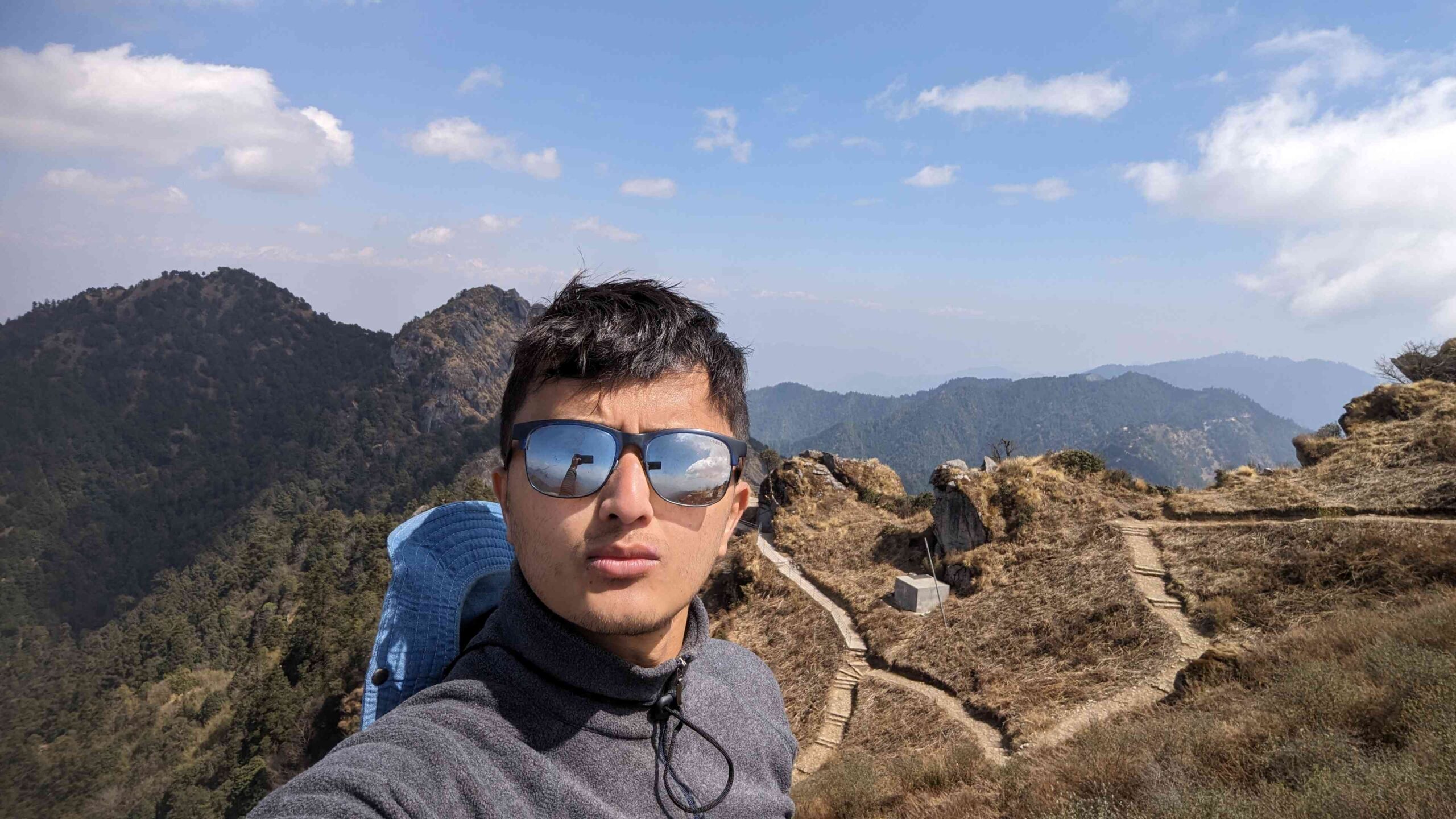
Our provisions of fruits — apples, bananas, and strawberries — provided a refreshing break during our ascent. After about three hours of steady walking, we reached a point where the motorable road ceased, signaling the start of the final leg of our journey on foot towards the temple. The trail from this juncture was well-marked with steps and railings, making the climb more manageable. Within an hour, we stood at the serene grounds of Narayanthan Temple, greeted by the early blooms of Rhododendron, heralding the onset of spring during the auspicious occasion of Shivaratri.
The view from Narayanthan Temple is nothing short of enchanting. To the right, the Kathmandu Valley and beyond unfurled before our eyes. To the north, the Himalayan Mountain ranges stood in all their majestic glory, framed by rolling hills in every direction. Spotting peaks like Ganesh Himal, Gaurishankar, and even the elusive Everest required a keen eye, yet the sight was rewarding beyond measure. As we rested on a rock overlooking a cliff within the temple compound, basking in the warmth of the sun, we couldn’t help but marvel at the beauty that surrounded us.
Amidst this awe-inspiring panorama, we found a perfect spot to rest and rejuvenate — a rock overlooking a cliff. Opening our bags filled with provisions, we indulged in a hearty lunch, savoring the fruits of our labor and the unmatched serenity of the surroundings. As we sat there, with satisfied grins on our faces and warmth in our hearts, we realized that moments like these, amidst nature’s grandeur, are the true treasures of any adventure. While we couldn’t confirm the visibility of the Annapurna ranges due to clouds on that day, the vantage point and height hinted at the possibility, adding to the intrigue of the landscape.
Camping spots: Contemplating Sunrise and Sunset
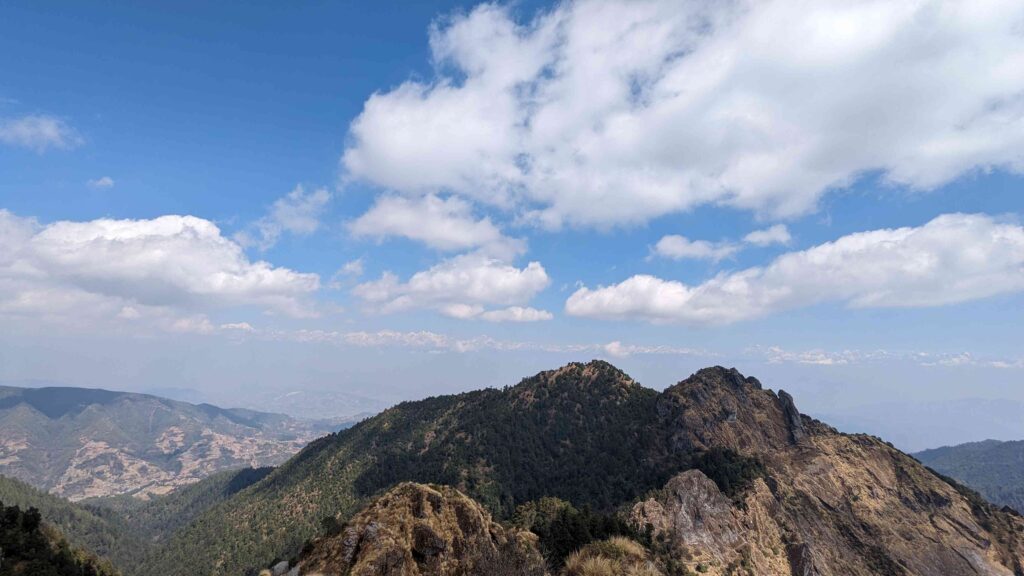
As we rested on that serene spot, basking in the afterglow of our hike, my mind wandered to the breathtaking views that sunrise and sunset must offer from Narayanthan Temple. The thought of witnessing nature’s spectacle from this elevated vantage point filled me with anticipation and a desire to return for more. It became evident to me that this place was meant for camping, at least for a day, to capture both the mesmerizing sunset of the hike day and the ethereal sunrise of the following morning. I learned that many visitors indeed choose to camp here, drawn by the allure of nature’s daily theatre.
However, I must emphasize a practical note for future visitors. there are no homestays or shops in the vicinity of Narayanthan Temple. It’s crucial to carry an ample supply of water and food that can sustain you for a day, with water being particularly essential. Despite this lack of amenities, the prospect of camping under the starlit sky and waking up to the first light of dawn seemed irresistible, fueling my determination to return.
Descent from Bethanchok Narayanthan and Journey Back
With these thoughts and a promise to myself to return for a camping adventure, we retraced our steps back along the trail. I’ve always found the downhill walk to be deceivingly challenging, putting significant strain on the legs and especially the kneecaps. My friend, in particular, struggled with the descent, experiencing discomfort and swelling in his knees towards the end. Despite walking slowly and cautiously, it took us nearly two hours to reach the point where we had left our bike. The sight of our trusty ride was a welcome relief, especially for my friend, who eagerly mounted the bike to conclude our journey.
And so, our impromptu journey to Bethanchok Narayanthan came to a close. Reflecting on our experiences, I believe it stands as one of the best hiking spots around the Kathmandu Valley. The place offers options for visitors whether they seek a long trek or a shorter excursion. This destination is accessible and enjoyable for travelers of all kinds, making it a must-visit for anyone seeking the beauty and tranquility that nature generously bestows. As for me, I am already looking forward to returning with my camping gear. I look forward to immerse myself once again in the captivating allure of Bethanchok Narayanthan Temple.
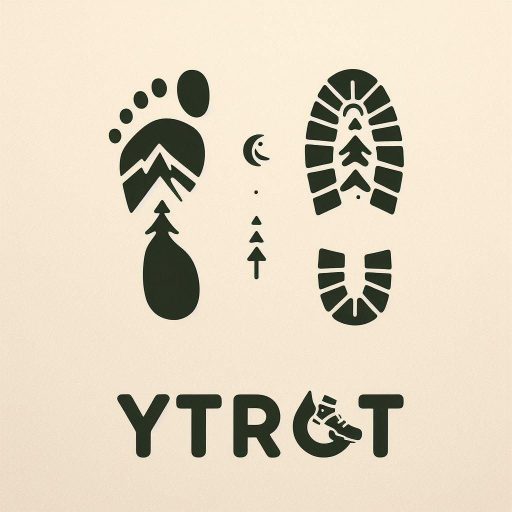
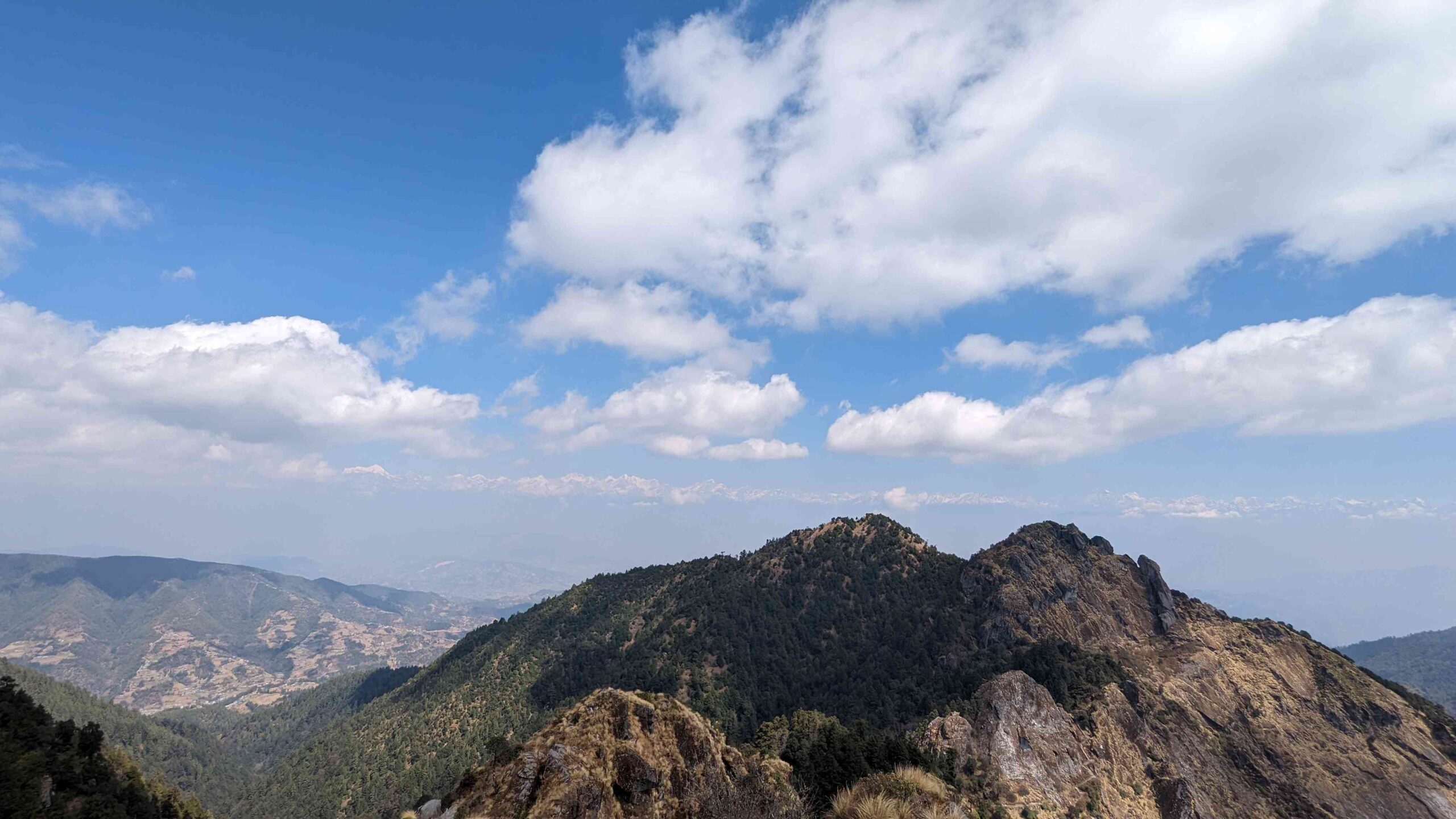
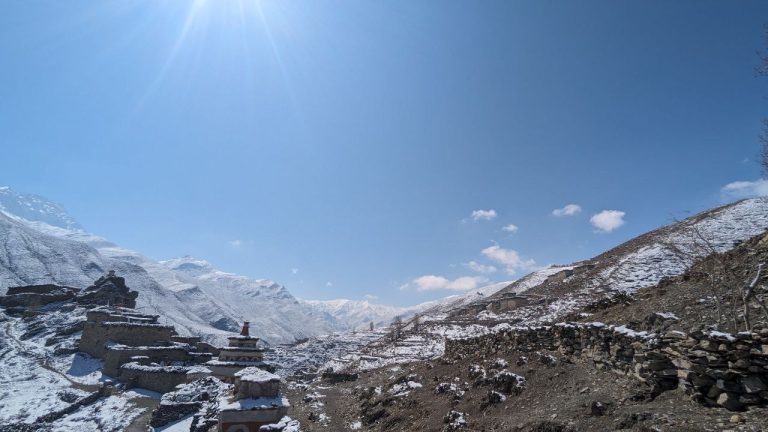
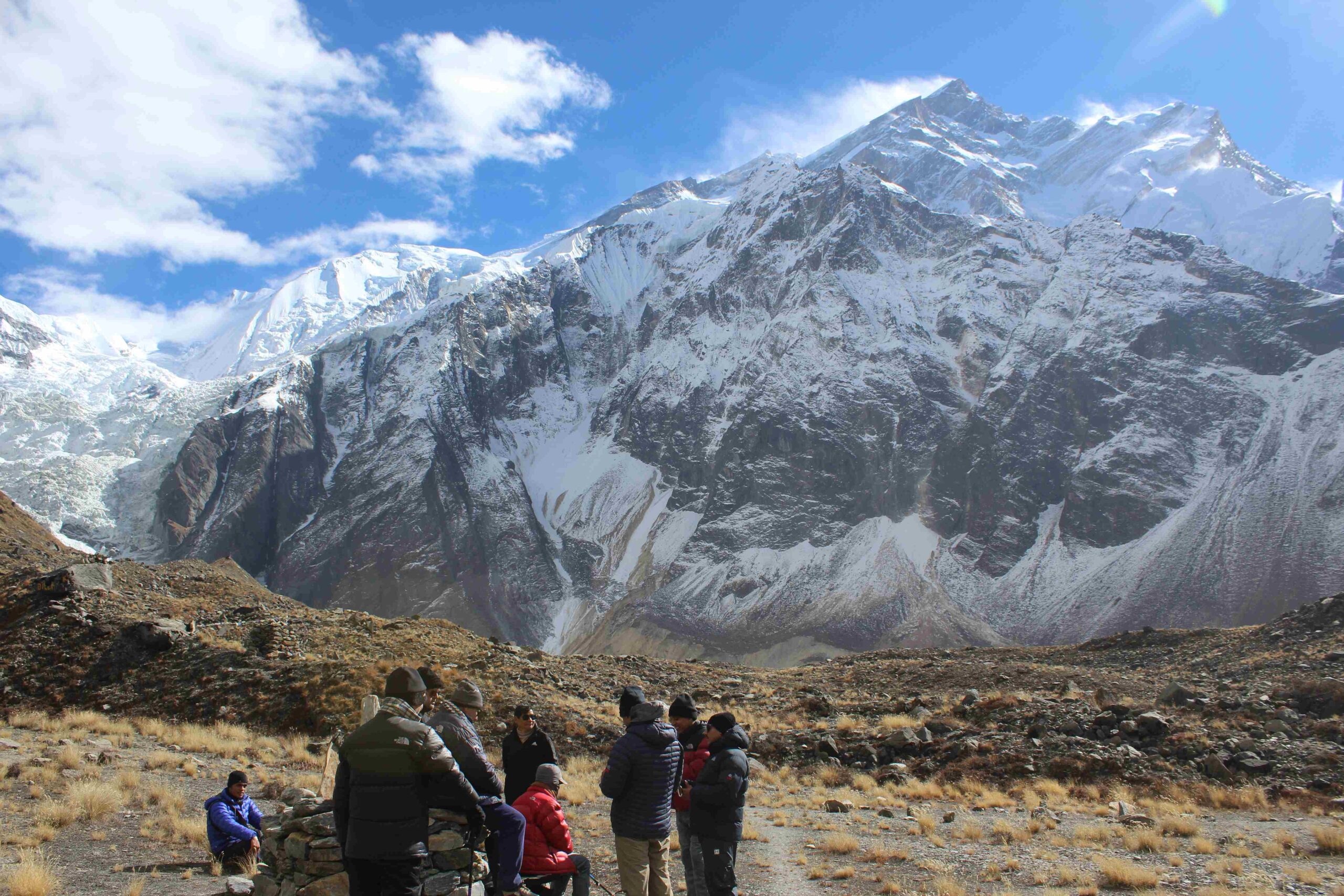
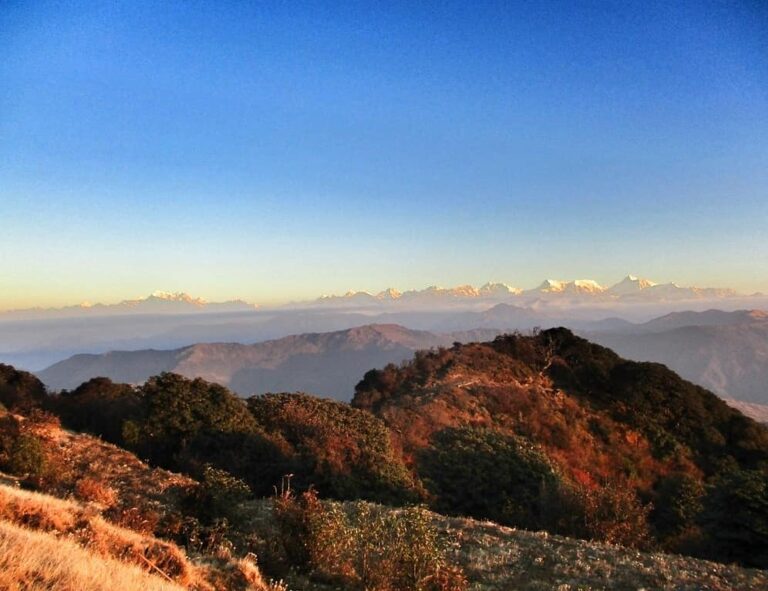
Perfectly spoken about the place. I particularly liked the information tiny details you have written. Can’t wait to get there.